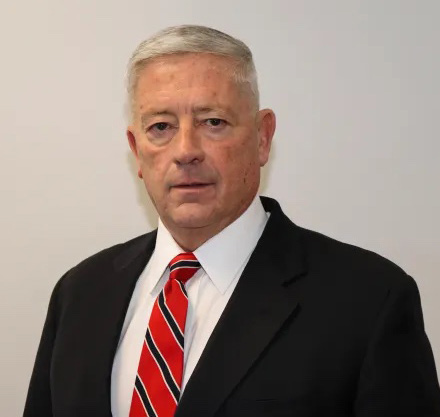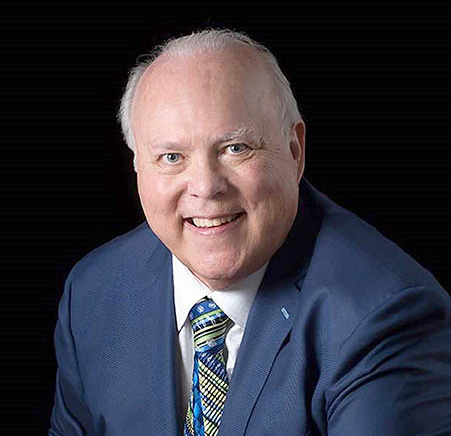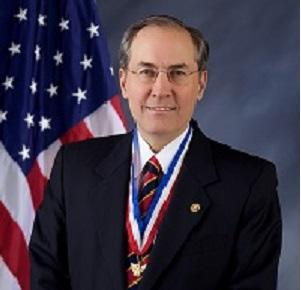Feedback
Feedback
Please provide feedback on your experience of this adventure or activity
Report Quality Assurance
If there are errors or issues with this adventure/ activity, please go to the Report Quality Assurance Page.
Adventure/Activity Feedback Form
This feedback helps identify things den leaders like and opportunities for improvement.
Bear >
What Color Is It?
Print This Page
Bear – 3rd Grade
Forensics
Elective

Requirement 5
What Color Is It?
Bear – 3rd Grade
Forensics
Elective

Requirement 5
What Color Is It?
Snapshot of Activity
Cub Scout learn that not all chemicals are what they appear to be.
Indoor
2
4
3
If you want to know more about The Adventure Activity Key click here.
Supply List
- Coffee filters
- Ruler
- Scissors
- Assortment of nonpermanent felt-tip markers of different brands such as Flair and Color Scents.
- Pencil
- Glass of water for each Cub Scout
- Paper plates, one for each Cub Scout
Directions
Before the meeting:
- Test out each of the markers to ensure that they will work for the experiment. Not all markers will separate.
- Cut the coffee filter into 1” strips.
- Gather supplies.
- Set up meeting space to conduct experiment.
During the meeting:
- Explain that chromatography is the process forensics scientists use to separate different parts of a mixture. By separating the parts, they can identify drugs, DNA, and poisons. Most chromatography is done in laboratories with expensive equipment, but today they will get to do a simple chromatography investigation using felt tips marker, coffee filters, and water.
- Give each Cub Scout a strip of pre-cut coffee filter.
- Have each Cub Scout choose a marker.
- Ask Cub Scouts to label one end of the coffee filter with the color and brand of marker. Fold the labeled end so that it fits over the glass.
- Have each Cub Scout draw a horizontal line across the middle of their coffee filter strip.
- Put the strip in the glass of water, making sure the line the Cub Scout drew is above the water.
- Now watch what happens. The coffee filter will slowly absorb water, which will rise toward the top of the strip. As the water rises, it will carry along components of the ink. Lighter components will travel the longest distance; heavier components will not travel very far.
- When the water nearly reaches the top of the strip (or when you don’t see any more changes happening), take the strip out of the water and set it on a paper plate to dry.
- Repeat the experiment with several pens. Compare the results to see how similar or different the inks you used are.




